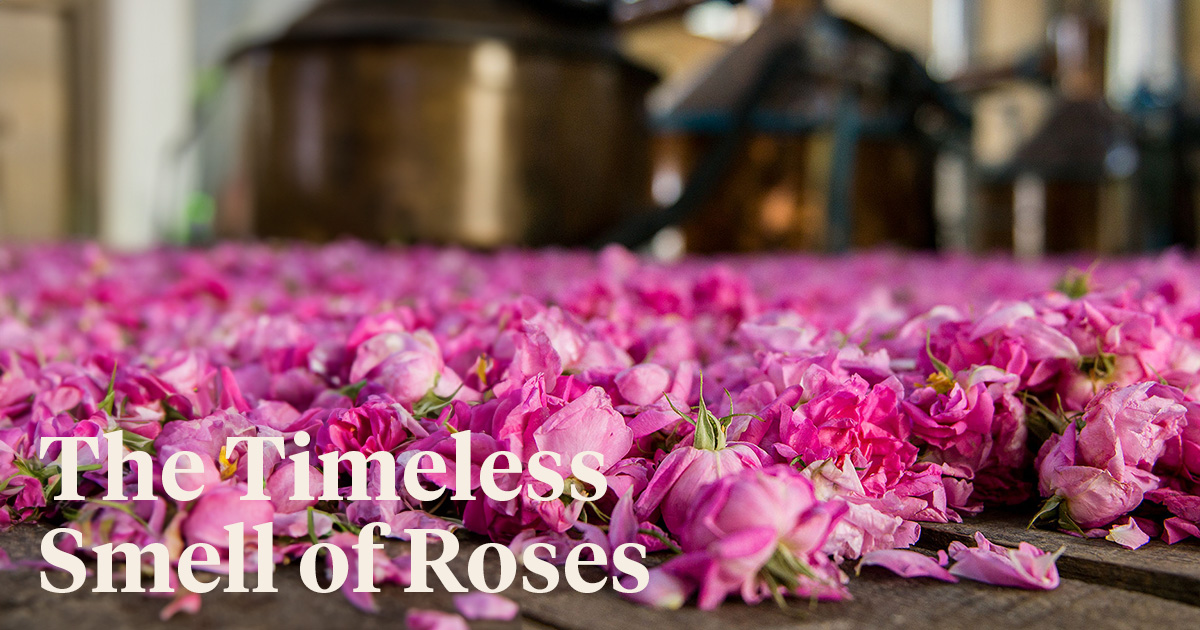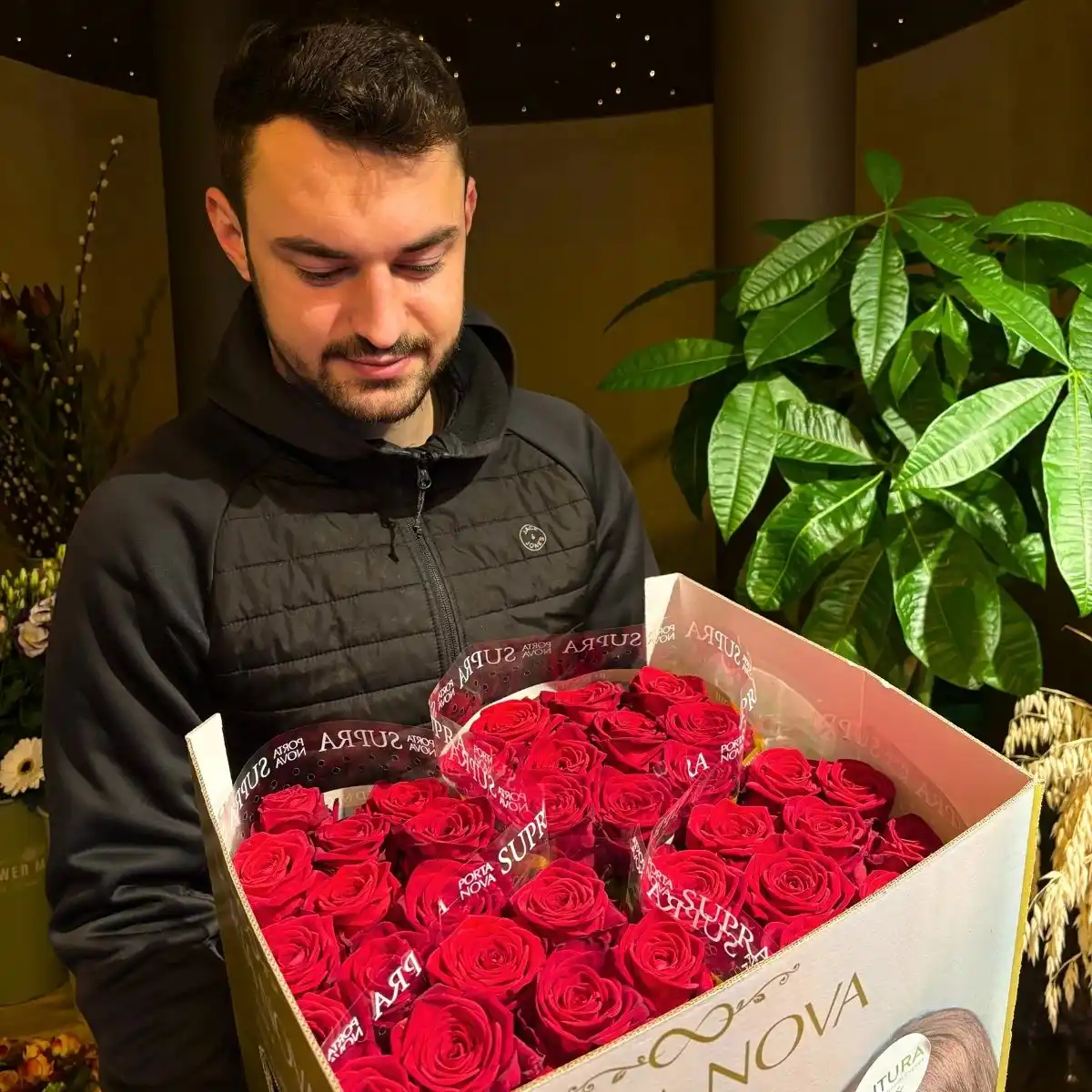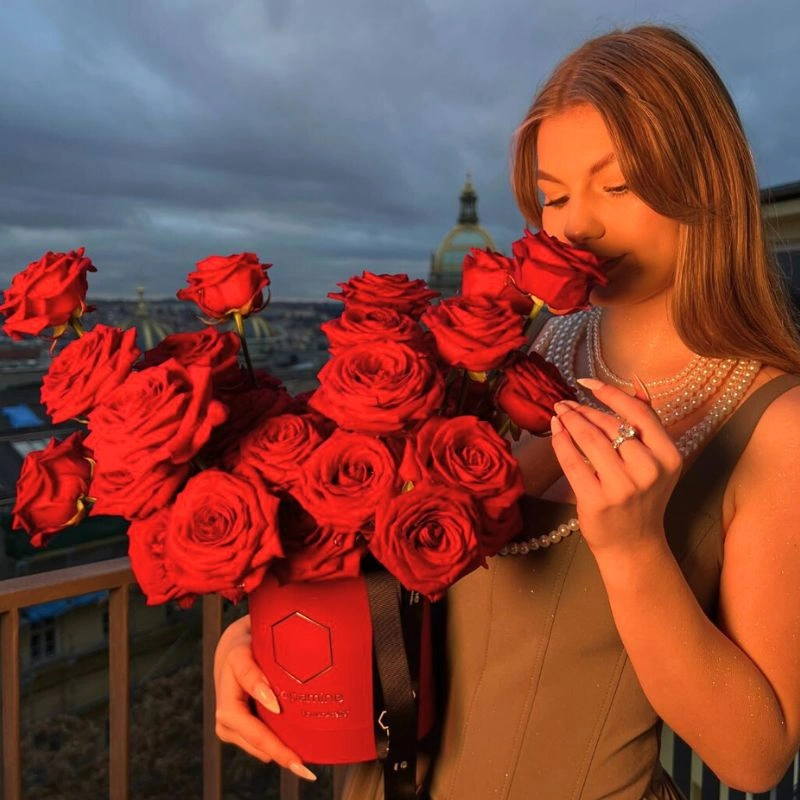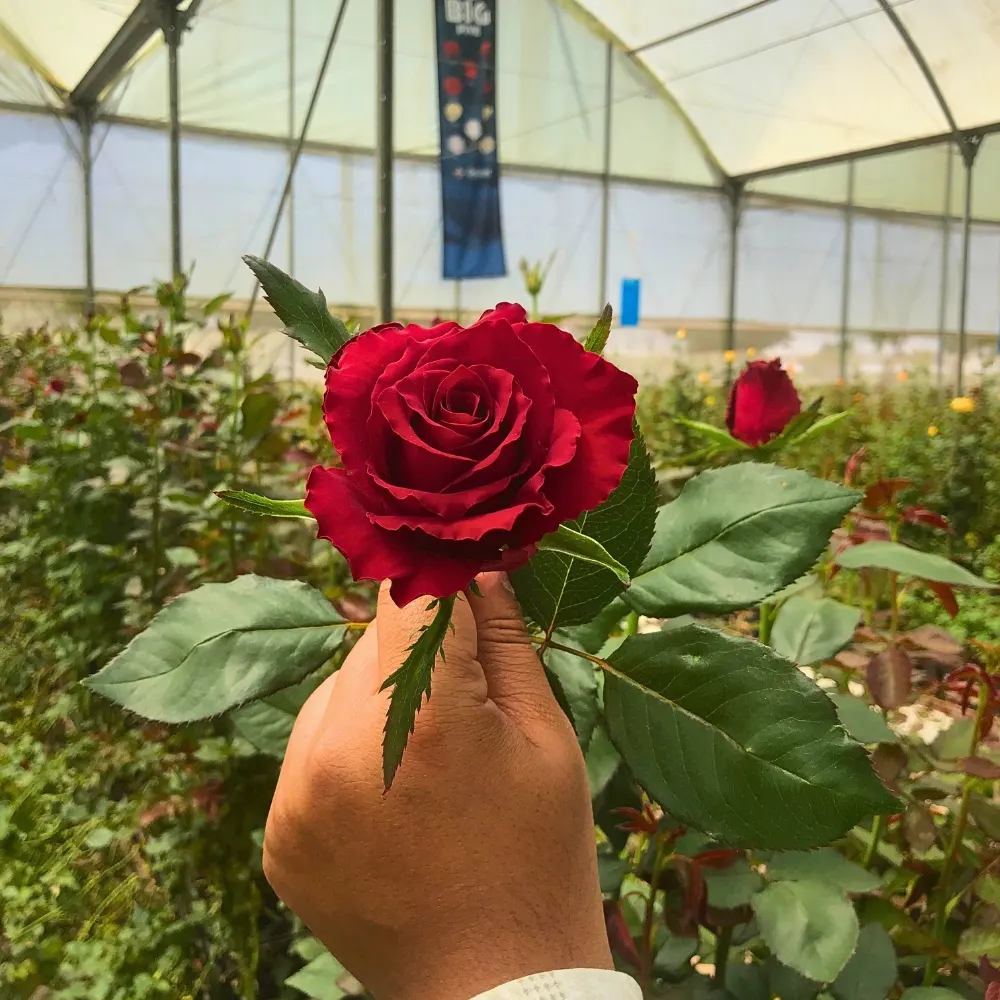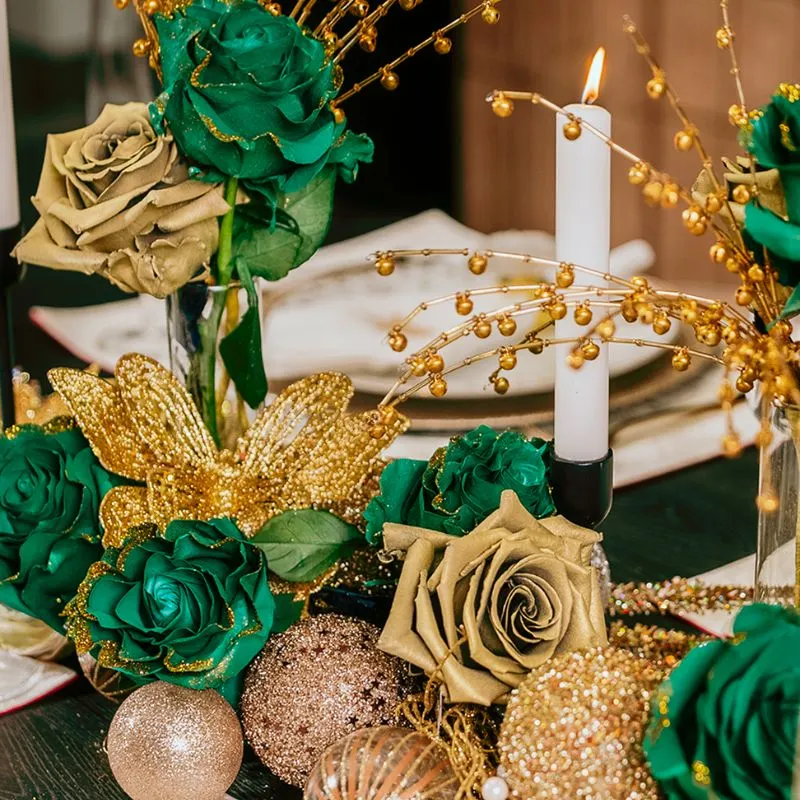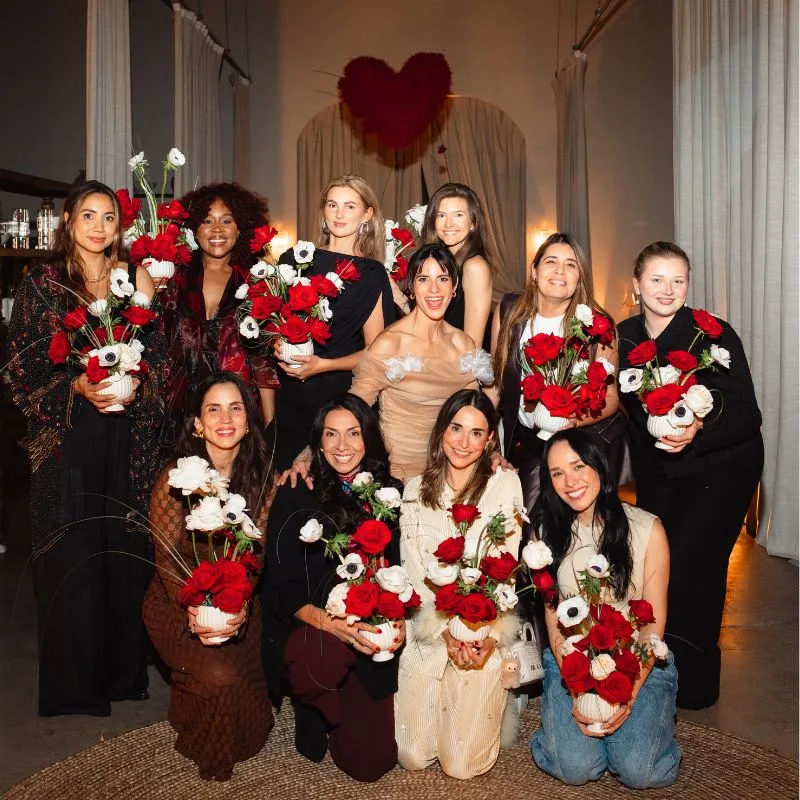Roses have, for ages, fascinated humanity with their exquisite beauty and the bewitching fragrance that they carry. Accordingly, many natural and plant-based fragrances and perfumes, which have for centuries held a special place in human cultures, have something in common with these roses, that’s their floral aroma.
Beyond their visual appeal, roses have been an essential part of the perfume industry. They lend their appealing scents to a myriad of fragrances. The rose is one of the most outstanding and versatile natural ingredients that perfumers, all over, have held as a sure bet when crafting their olfactory masterpieces. This makes it an iconic flower in the perfumery industry. Here's another perfume that also features rose scents.
The Historical Significance of Roses in Perfumery
The use of roses in perfumery can be traced back to ancient civilizations such as the Egyptians, Greeks, and Romans. These cultures revered the flower for its association with beauty, love, and spirituality. In fact, the ancient Greeks believed that the rose was created by the tears of Aphrodite, the goddess of love, making it a symbol of passion and desire.
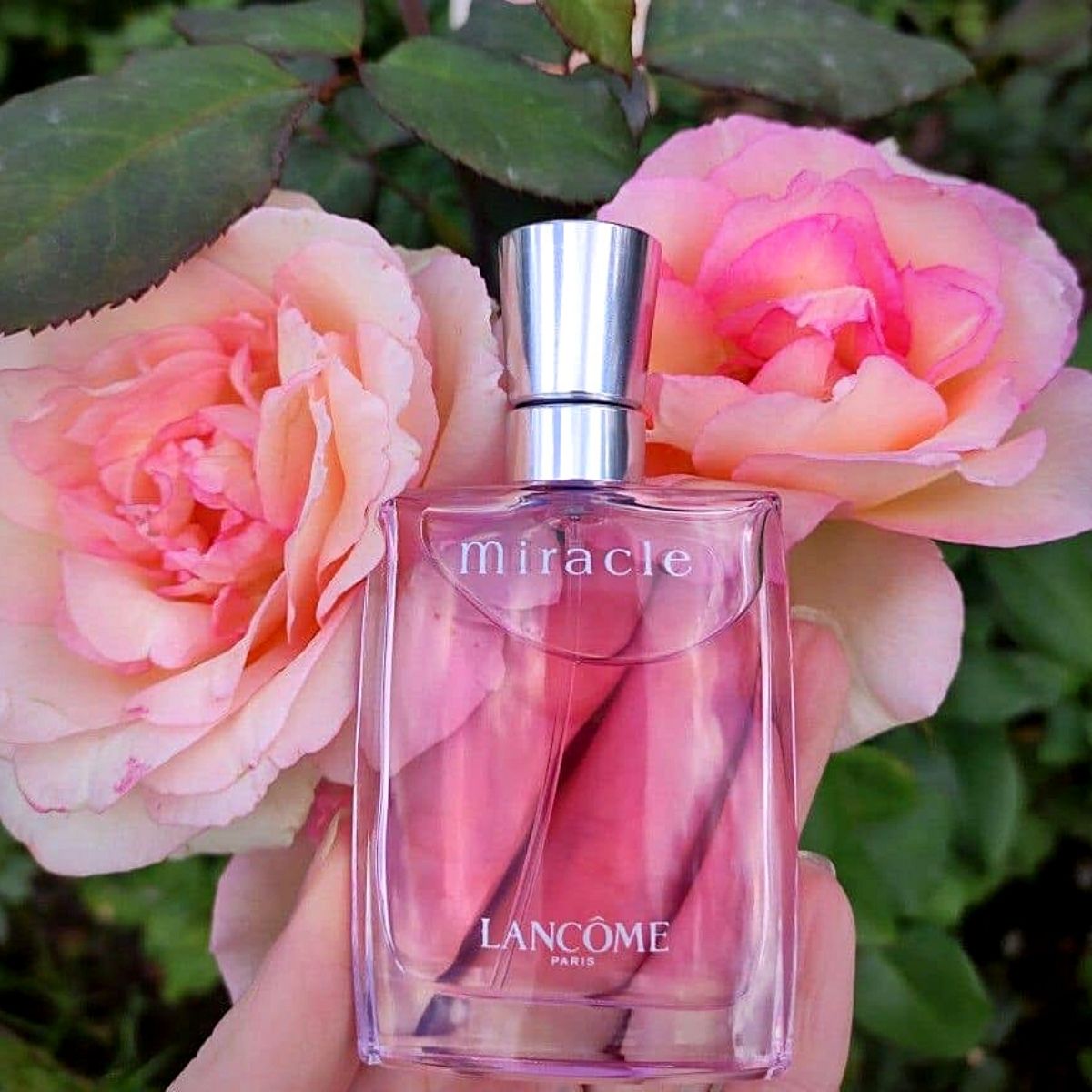
Photo by Beatrice's Closet
The ancient Persians were particularly revered for their mastery of rose oil distillation, a technique they passed down to subsequent generations, and deployed in harnessing the flower's aromatic essence.
During the Islamic Golden Age, rose cultivation and distillation techniques flourished, making the Middle East a hub for the production of exquisite rose-based perfumes. It was in this era that rosewater gained popularity as a versatile ingredient in both perfumes and culinary delights
The process of extracting the essence of roses for perfume production, known as rose otto or rose absolute has, consequently, evolved over the centuries. Initially, rose petals were soaked in oil to capture their fragrance. Today, modern distillation and extraction methods allow perfumers to capture the essence of roses more efficiently and preserve their scent.
What Makes Roses Ideal for Perfumes?
The rose has different qualities that make it a flower ideal for making perfumes. It possesses a multilayered scent profile that combines sweetness, freshness, and depth and this intricacy makes the flower a versatile ingredient that can serve as the heart, or middle note in a perfume. This provides a well-balanced and enduring aroma.
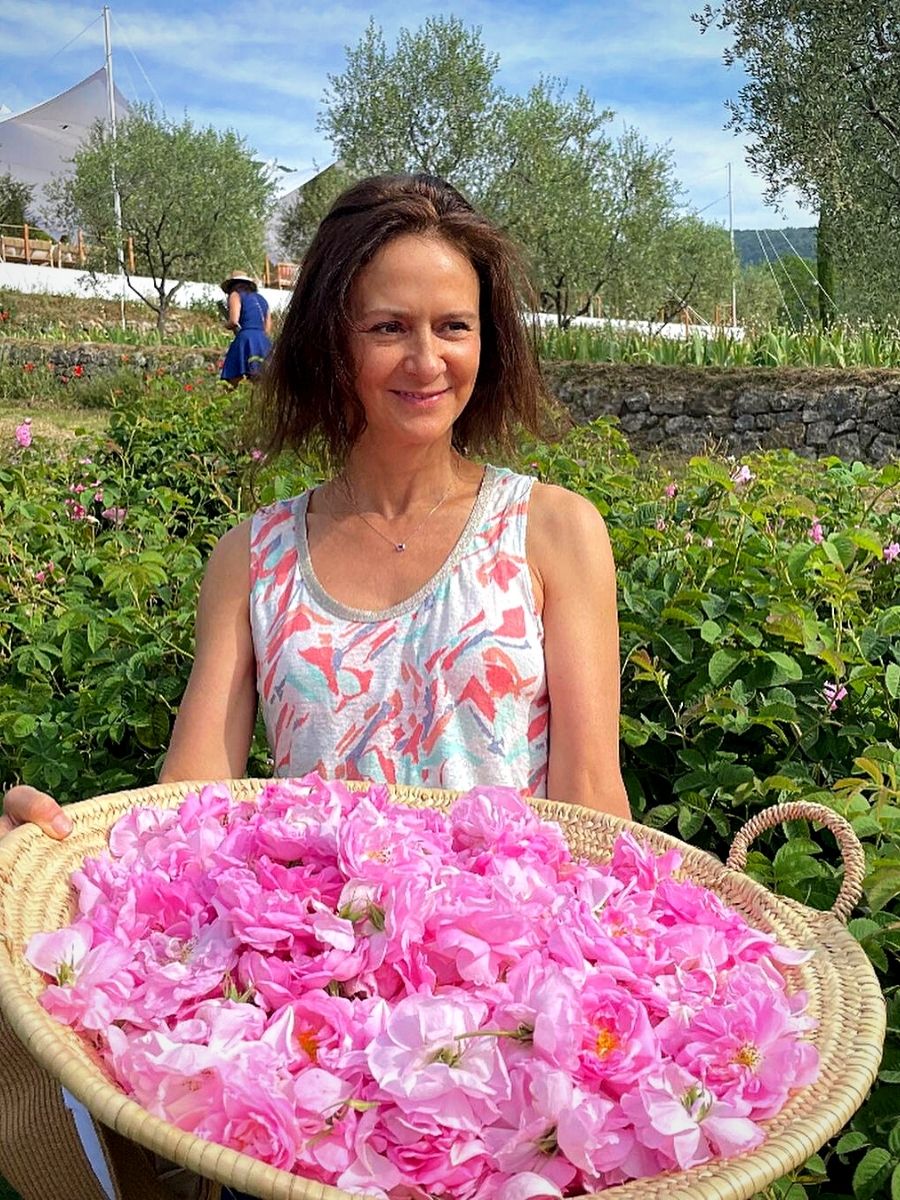
Photo by @laurence_ferat on Instagram
Also, the molecules responsible for the rose's scent are relatively large and stable, resulting in a fragrance that lingers on the skin for hours. This longevity makes roses a prized component in perfumes, ensuring that the wearer enjoys a lasting olfactory experience.
What's more, beyond their aromatic qualities, roses carry rich symbolism. They are often associated with love, romance, and sensuality, infusing perfumes with emotional depth and personal significance.
Plus, roses come in various varieties, each with its unique scent profile. This diversity and versatility allows perfumers to create a wide range of fragrances, catering to different tastes and preferences.
The Use of Roses in Different Perfume Categories
Roses’ scents in perfumery come in different categories. Each category has its unique charm and adds a distinctive twist to the perfume.
Floral
Roses are the stars in many floral perfumes, showcasing their natural elegance. Perfumes like Chloe's Roses de Chloe or Lancôme's Trésor Eau de Parfum are beloved for their prominent rose notes.
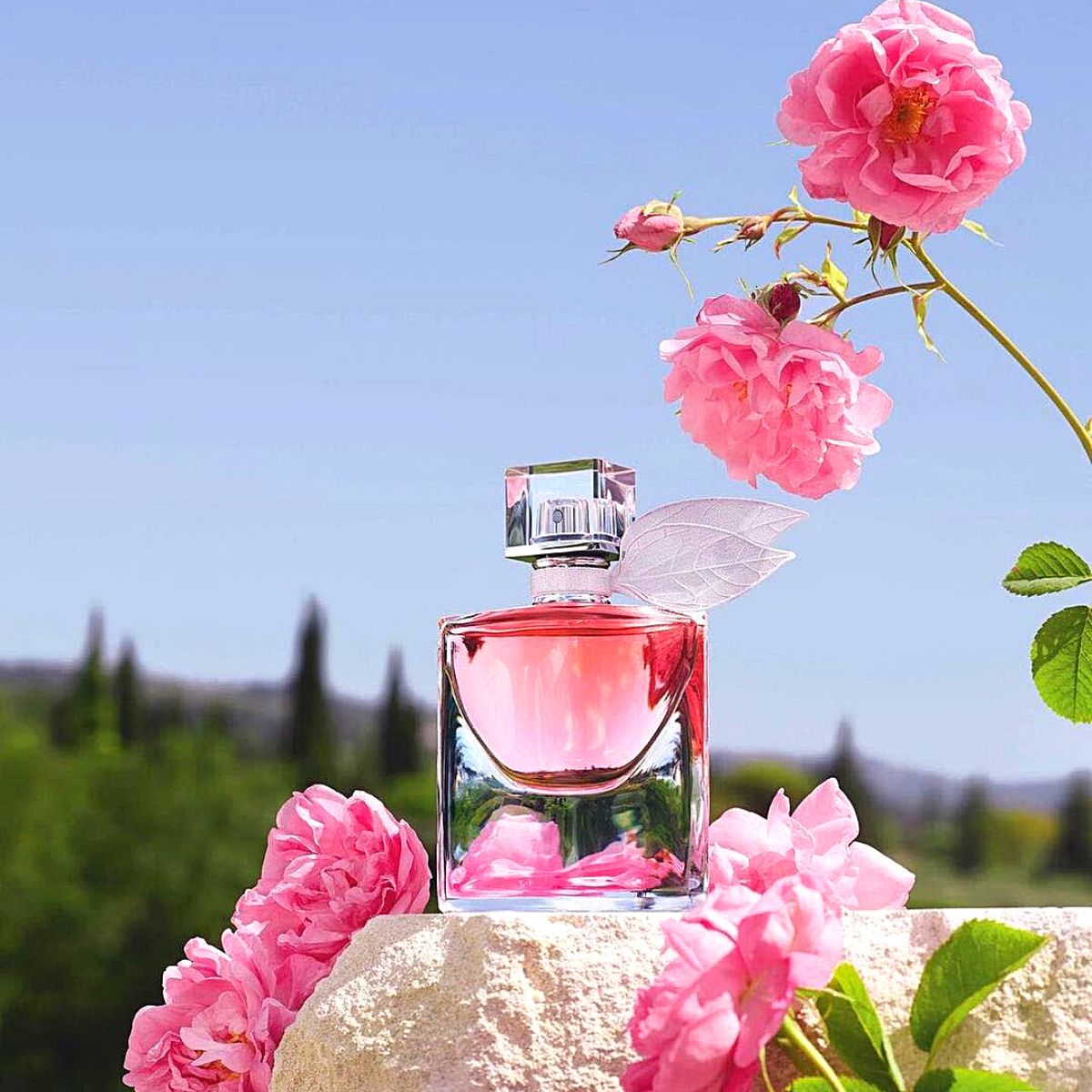
Oriental
In oriental fragrances, roses are paired with warm and exotic ingredients like spices and resins, creating an opulent and sensuous aroma. Guerlain's Shalimar is an iconic oriental fragrance featuring roses.
Chypre
In chypre fragrances, roses are often blended with woody and mossy notes, creating a sophisticated and timeless scent. The iconic Chanel No. 19 is a classic example.
Modern and Trendy
Contemporary perfumers often use roses in innovative ways, blending them with unexpected notes like fruit, leather, or even marine accords. These fragrances capture the essence of modern luxury and style.
Rose Scents in Iconic Perfumes
One of the most iconic luxury perfume houses that vastly uses rose ingredients in its scents is Lancôme, a French luxury perfumes and cosmetics house that supplies its products internationally. Lancôme is part of the L'Oréal luxury products division.
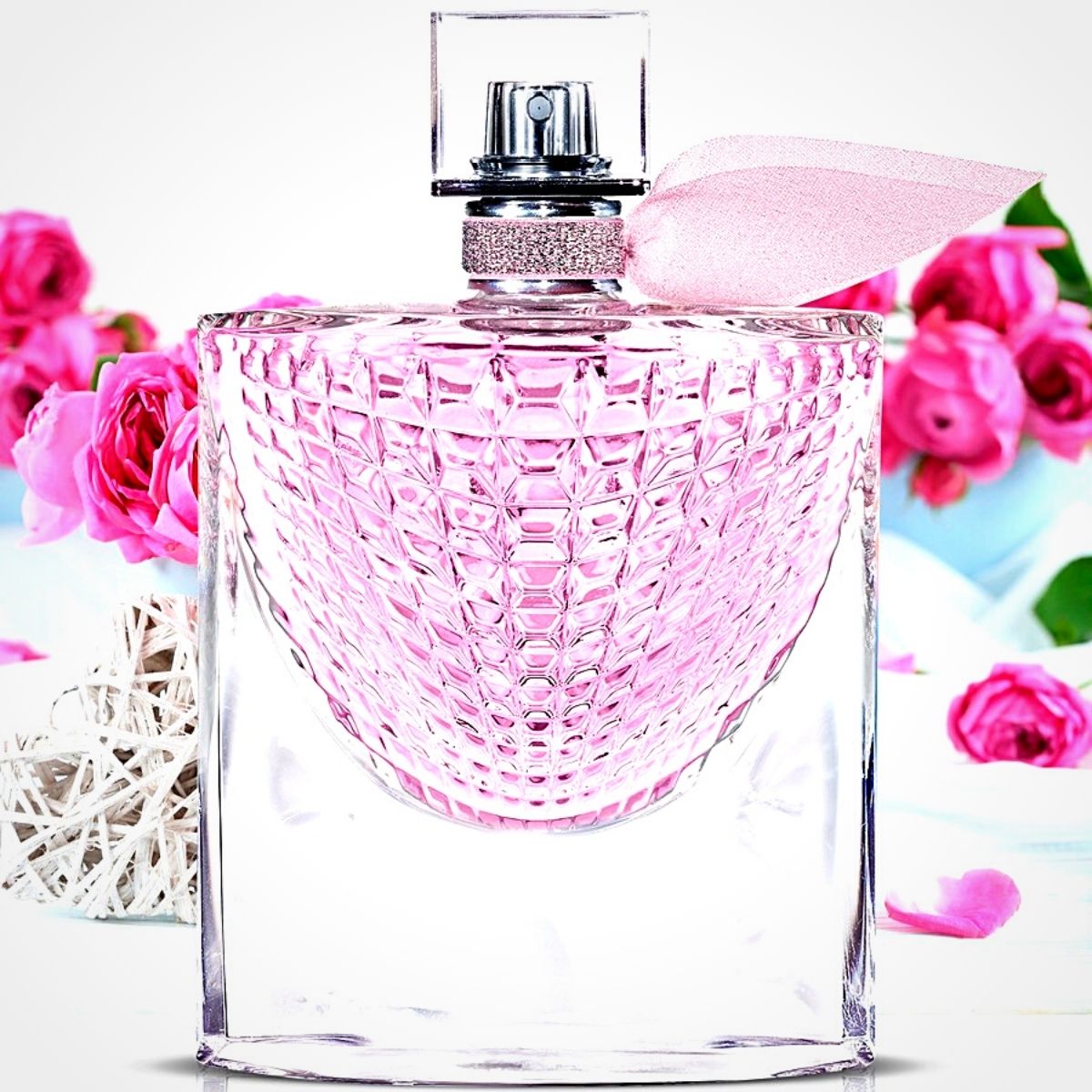
Photo by Perfumcity.ch
One of the founders, Armand Petitjean considered the rose as his favorite flower which was a source of inspiration for him. The iconic flower was at the core of two of the five original fragrances with which Lancôme launched and continues to be an icon of its products to this day.
In 1973, Georges Delbard a renowned horticulturist whose family has been in the rose breeding business since 1935, developed a new variety of roses for Lancôme. The beautiful Maison Delbard roses are bred by hand-pollinating thousands of seeds and undergoing a thorough selection process to release only a handful of new varieties to the market each year.
Lancôme’s iconic rose is, therefore, Rose Centifolia which is a unique variety. It is an elegant long-stemmed fuchsia beauty with a cylindrical bud and up to forty thick, shiny petals on each bloom. The rose is also robust, adaptable, and has a visual and sensory beauty.
The Scent of the Rose in Perfumes
This flower variety is appreciated in perfumery for its rich and sensual olfactory profile, with more or less sweet notes. It can easily be associated with other notes and layered in among other florals, spicy notes, and warm bases of vanilla or musk.
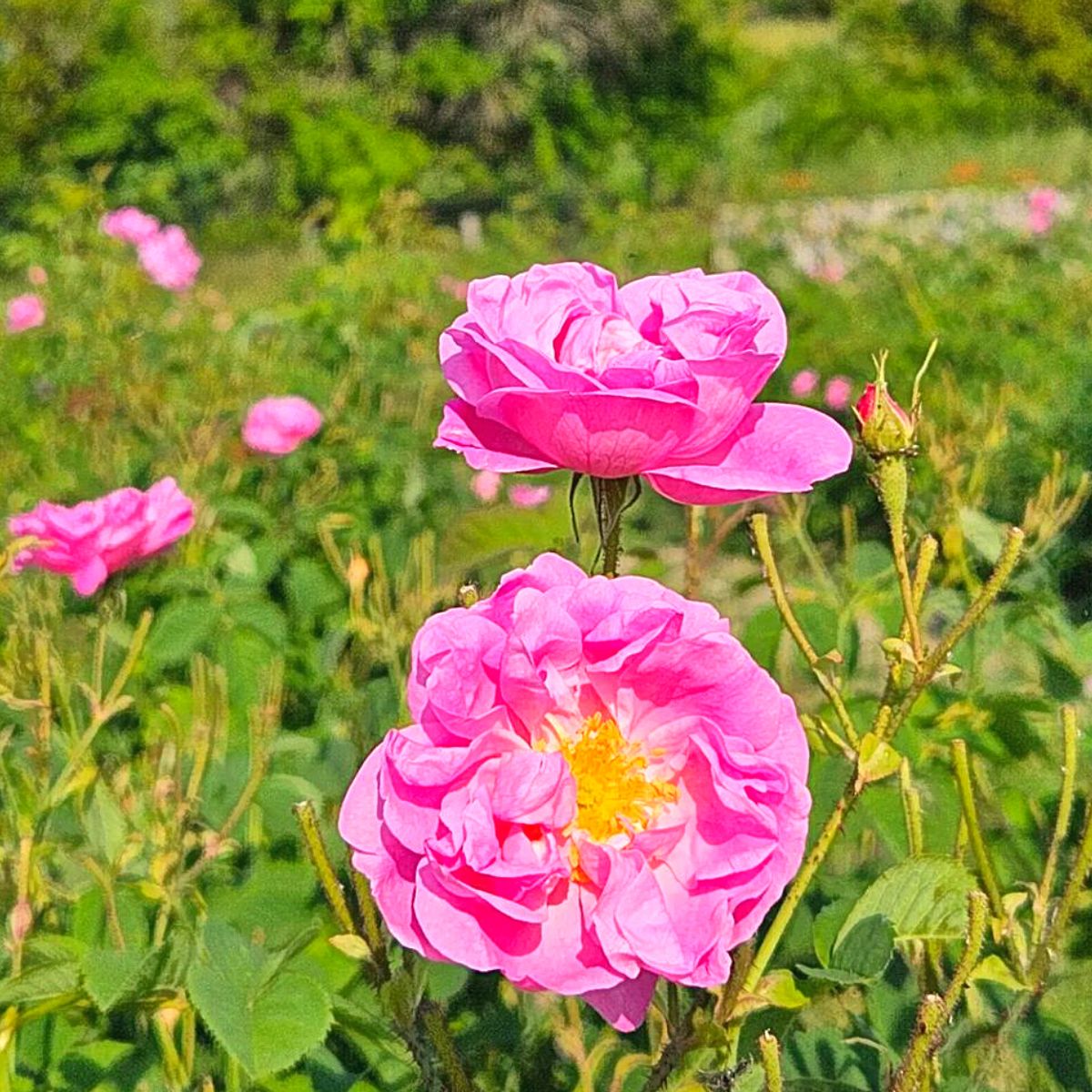
Photo by @alexs_1624 on Instagram
Its versatility allows all possible combinations, and when used in overdose or with subtlety, it is faceted and brings an elegant floral tone to any fragrance. And although a classic flower, the rose can also be modern and fresh, especially when paired with certain notes and layered with earthy greens or zesty fruits.
For Lancôme’s perfumes, the company’s idea has been to focus on Rose Centifolia (Rosa × centifolia) to give the perfumes a beautiful rose scent. The roses used in this case are the Rose Centifolia Absolute from Domaine de la Rose, Rose Centifolia Absolute from Grasse, and Isparta Rose from Isparta.
Essentially, Rose Centifolia is among the highest quality roses available as it is sensual, faceted, and intensely floral. It embodies the elegance of everlasting femininity and has a rare and intricate scent due to its olfactory profile, which is intensified by the fact that it is made up of more than 300 molecules, many of which are impossible to copy.
This rose is sometimes called the ‘May rose’ as it is picked at this time of the year when it is in full bloom to ensure the intensity of the rosy scent. As such, Lancôme focuses its perfumes on this particular variety for good reason!
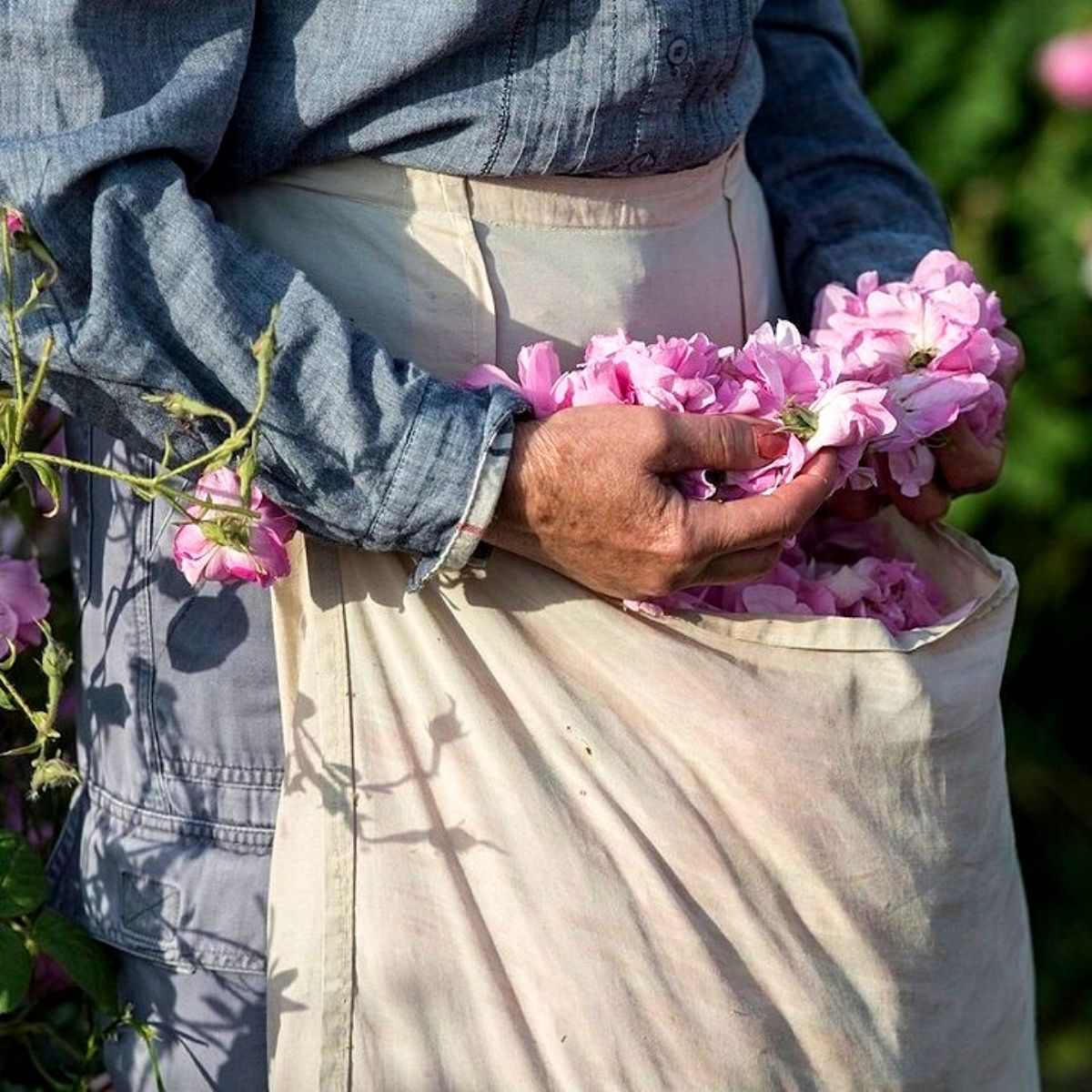
At the heart of the Grasse subprefecture in the Provence-Alpes-Côte-d'Azur region on the French Riviera, Lancôme established Le Domaine de la Rose, which is an ecological horticultural site. The project was developed around two major areas: the development of agricultural activity with the cultivation of organic roses and perfume plants, as well as the restoration of the main house using local, recycled, and bio-sourced materials, and the preservation of the arboreal heritage. This is where most of the roses it uses are grown. It's no wonder Grasse is considered the perfume capital of the world!
So, here are this rose's essences that Lancôme uses in its perfumes.
Rose Centifolia Absolute From Domaine de la Rose
The rose from the Domaine de la Rose brings out the fresh petal-like floral features of the rose compared to the Damascena, a much spicier and more animal-like scent. This rose offers a scent that has a slightly fruity accord with aspects of pear, almost creating a slightly tea-like rose scent with complexity and elegance. In comparison to a traditional Rose Centifolia, this rose is more vibrant than the classic rose petal notes thanks to its subtle fruity accord.
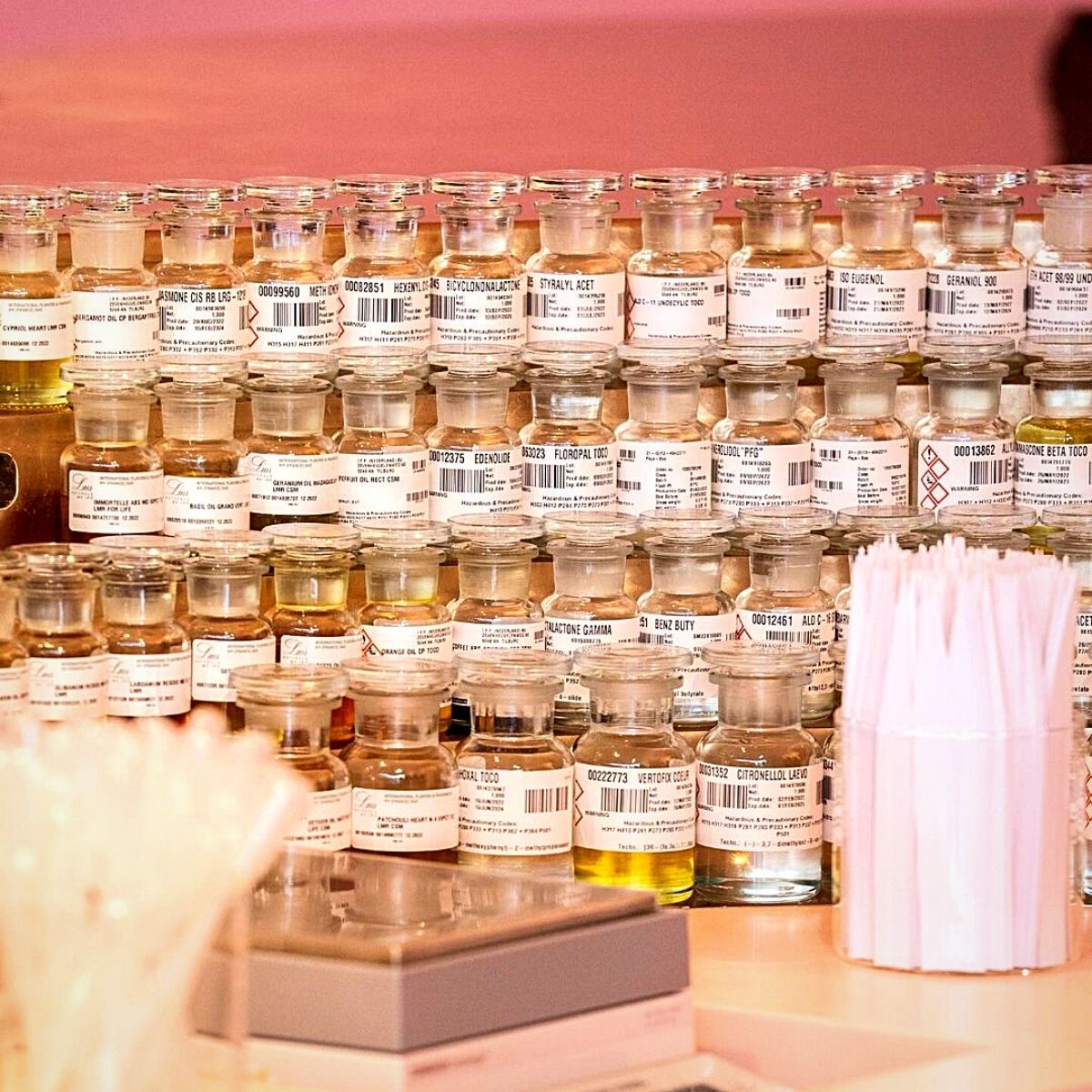
Photo by @agence_adr on Instagram
Rose Centifolia Absolute From Grasse
At the Grasse site, Rose Centifolia Absolute from Grasse is amassed and then mixed with extracts from jasmine and lavender used in some of Lancôme’s perfumes. This rose variety is one flower that has depth and complexity and brings the rich and sensual notes of a voluptuous bouquet of roses.
Deeply floral, this rose embodies the grace of timeless femininity, and helps bring roundness and sensuality to a perfume. Its effect is powdery with a slight sweetness of honey for a sensual accord.
Isparta Rose Petals From Isparta
The Isparta Rose Petal Essence was crafted exclusively for Lancôme, and sourced in the cradle of rose cultivation in Turkey. The carefully crafted rose accord intensifies the refreshing facets of the classic rose but with an interesting warmth.
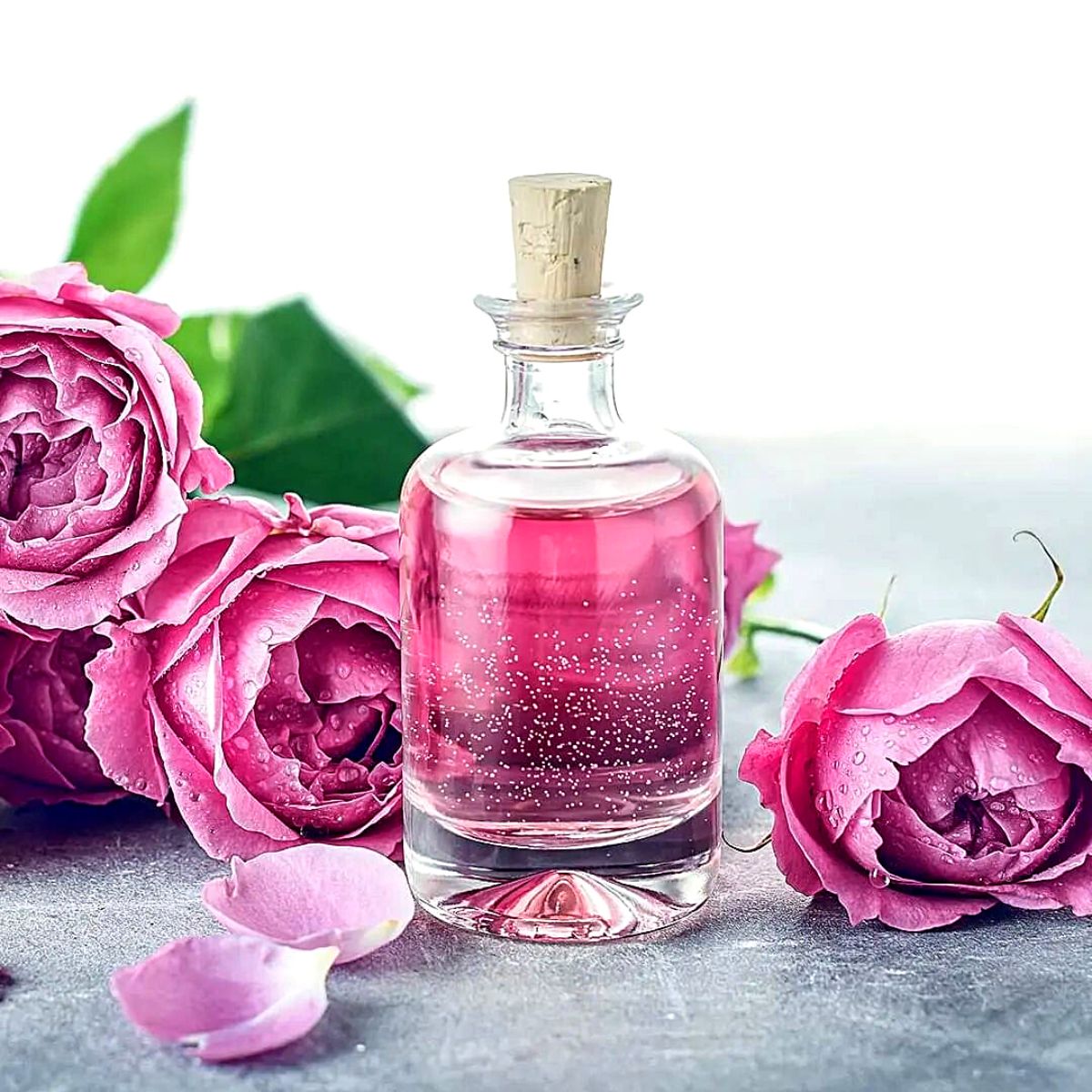
Photo by @goisparta on Instagram
The fragrance crafted from this rose also contains notes of bergamot, pear, India Jasmine Grandiflorum, and a ‘clean and glow’ accord.
As this rose blooms in the warmth of the Turkish sun and is surrounded by lakes and sunshine, the essence of Isparta Rose radiates a velvety aroma as its soft warm petals are sensually heated by the sun.
The rose petals from Isparta feature in Lancôme’s fragrance Idôle, and support the family-based industry of roses in Turkey by helping improve agricultural practices and work conditions.
Roses Continue to Withstand the Test of Time in Perfumery
The timelessness of roses in the art of perfumery is evident in not just their beautiful scents, but also their longstanding connection with nature, art, and human emotion. Lancôme, for instance, commits to sustainability and biodiversity conservation in its different rose-growing sites to ensure it replenishes its perfumery component.
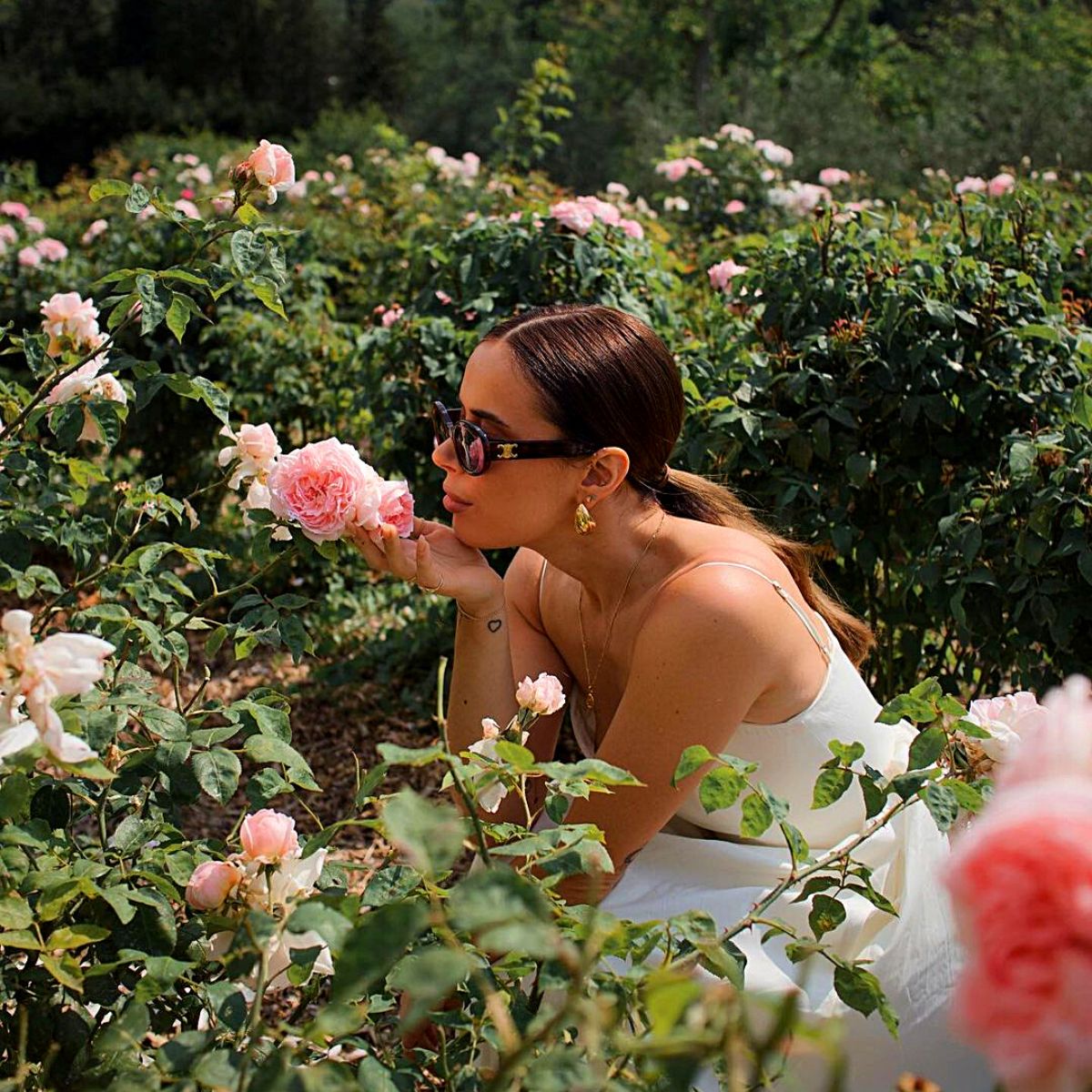
Photo by @suziebonaldi on Instagram
Roses’ timelessness is enshrined in their ability to present new and trendier fragrances that are, thus, used to develop some of the latest most exquisite perfumes.
Plus, their captivating fragrance, longevity, emotional resonance, and versatility make them an exquisite choice of flowers for perfumers seeking to craft scents that arouse beauty, elegance, and eternal appeal.
Feature image by @jhonyusa1, header image by @goisparta on Instagram

